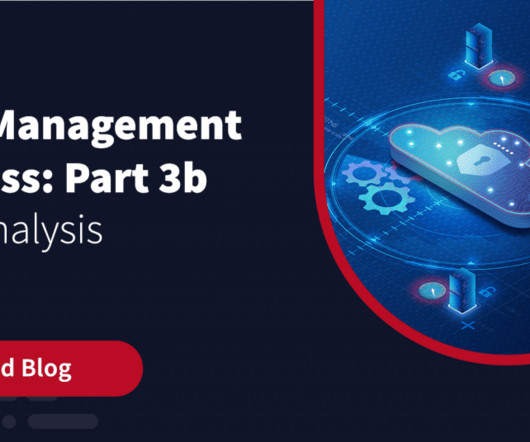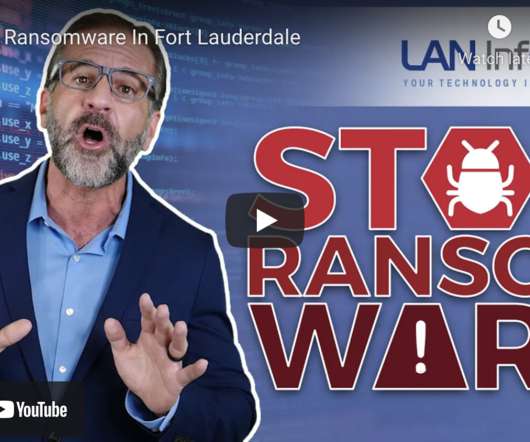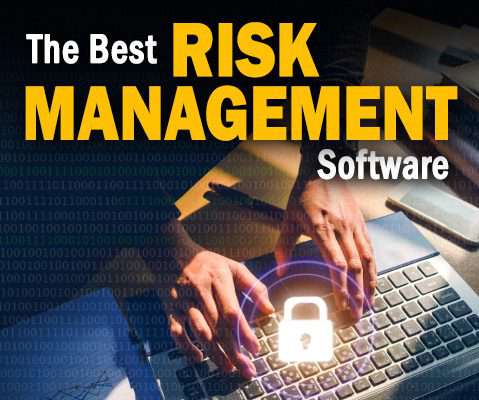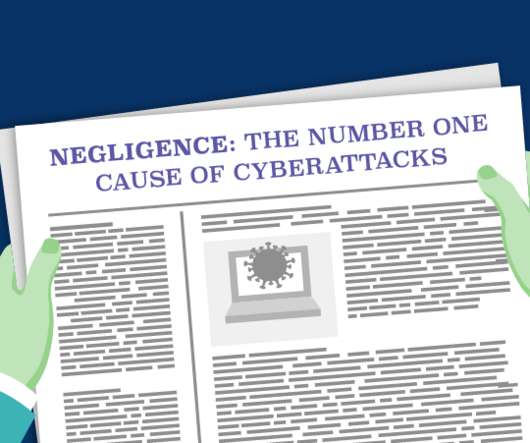Prepare Your Organization for a Hurricane
everbridge
FEBRUARY 17, 2022
To fulfill duty of care standards, corporations, educational institutions, hospitals, and government agencies should evaluate and test the health of communication networks and information systems before a severe weather event occurs. Hurricane Preparedness on Campus.


























Let's personalize your content